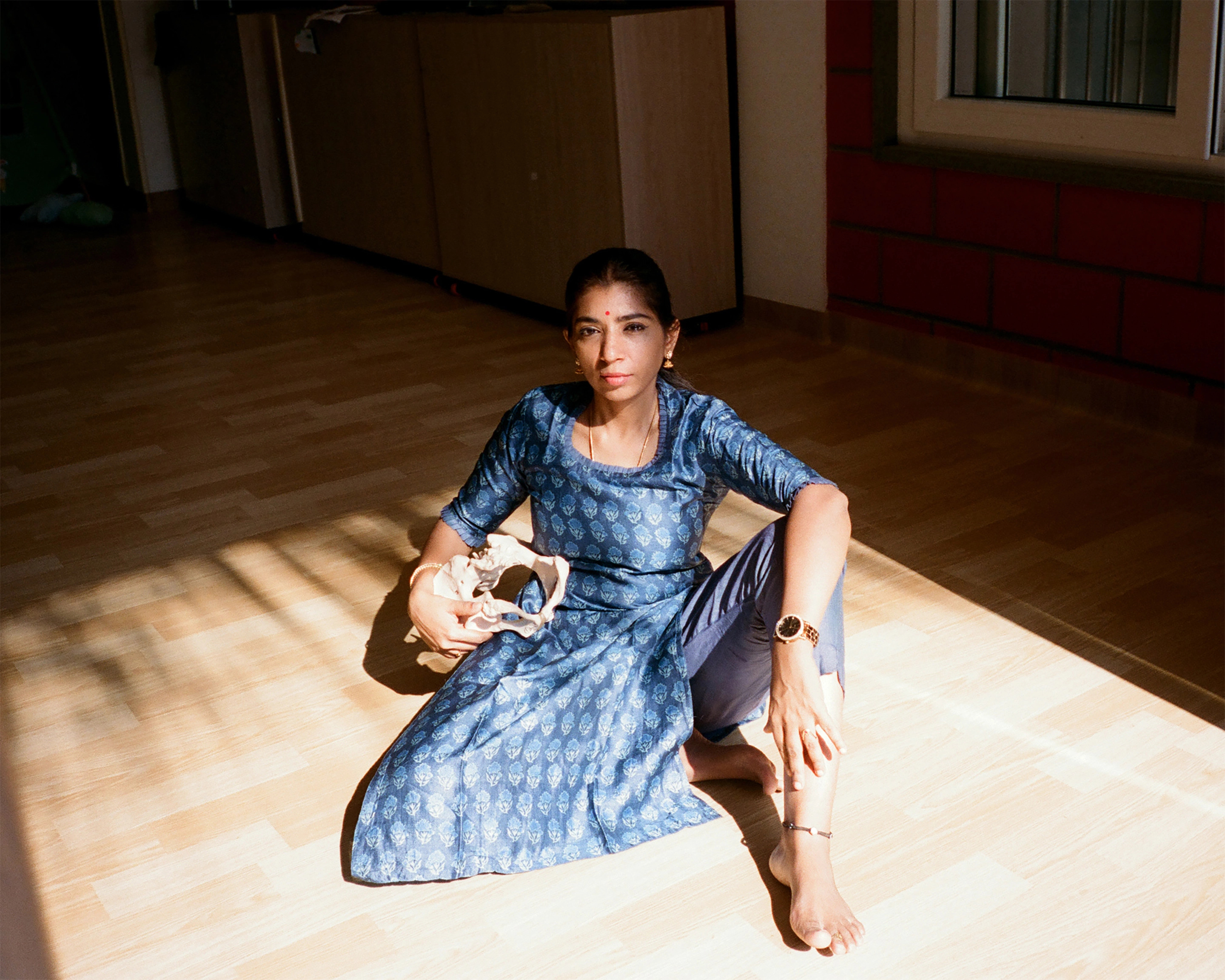
Anupama Kumar Vijay Anand
Vriksham, Founder
Location: Tiruppur
If one were asked to picture a social media profile with a following of 1.5 million, one might imagine it to belong to a moderately well-known celebrity or a fashion brand. One might find that some of them don’t even come close to having that many followers. And so, it might come across as a surprise to learn that a birth educator and doula based in Tiruppur reaches 1.5 million through her content everyday on social media.
Anupama Kumar, or akka (translating to big sister in Tamil) as her community fondly calls her, started her journey as a birth educator 12 years ago and, like many entrepreneurs who are mothers, looked to her personal experiences to inform her vision. In the case of the 42-year-old, the lack of empowerment and decision paralysis she felt due to the many conflicting streams of advice coming her way is what motivated her to help other women experiencing a similar feeling of helplessness. Additionally, her sensitivity towards those living in joint families allowed her to identify exactly how and where she can ease the experience for everyone involved while centering pregnant women’s needs pre-pregnancy, during pregnancy and post-pregnancy. Conducted in English and Tamil, her classes tackle various topics like lifestyle, sex, nutrition, pregnancy-related myths, dealing with bodily changes during early pregnancy, labour management, post-partum care and breastfeeding. Kumar encourages her clients’ partners, in-laws and other family members to attend alongside the pregnant mother. Apart from their needs, Kumar is also attuned to her clients’ emotional well-being and encourages them to open up to her by sharing her own failures and moments of frustration –– say, from a difficult day of parenting. Her vulnerability makes her approachable and allows her to establish deeply personal connections. It is the only way, she believes, for her to be able to make the most impact.
Kumar’s impact is remarkable; not only quantitatively but also in qualitative terms. Her specialised couples sessions covering practical topics like prenatal exercises, birthing and infant care as well as more sensitive topics around bonding and emotional support through hormonal changes and mood swings have paid off. Thousands write in with their success stories; she is often the first person that couples share their pregnancy news with, even before they share it with family. But what is most impressive is her ability to prioritise. For example, while designing Vriksham, the childbirth education centre in Tiruppur from where she conducts online and offline classes in, Kumar ensured that access to greenery and sunlight is maximised, and that there is a room for tactile stimulation where clients can interact with full-scale anatomical models to understand their bodies better. But when it comes to putting out content, she isn’t fussed about her command over the English language or putting on make-up. Among perfectly curated feeds setting impossible standards, she is a refreshing voice of reason for many.
Creating Spaces is a series where Verve spotlights women working on community-driven creative projects across realms — food, sports, healthcare, parenthood, art, design and fashion. Each one has created a unique space, be it virtual or physical, while also challenging institutions and changing mindsets.
Through exclusive interviews and shoots, we delve into the motives that drive these women, their reflections on the influence their work has on their communities, and how their practices address the larger challenges facing urban Indian society.
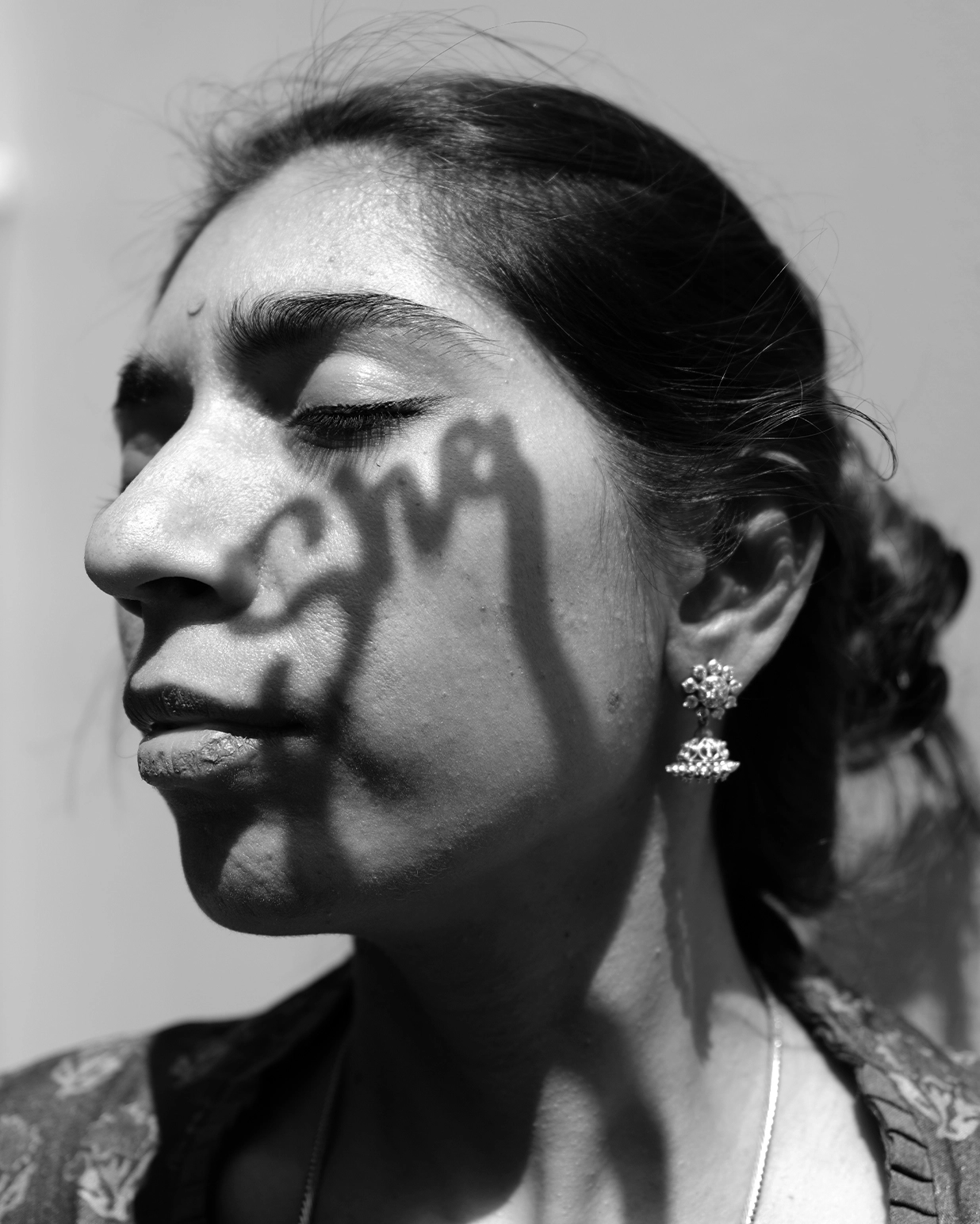
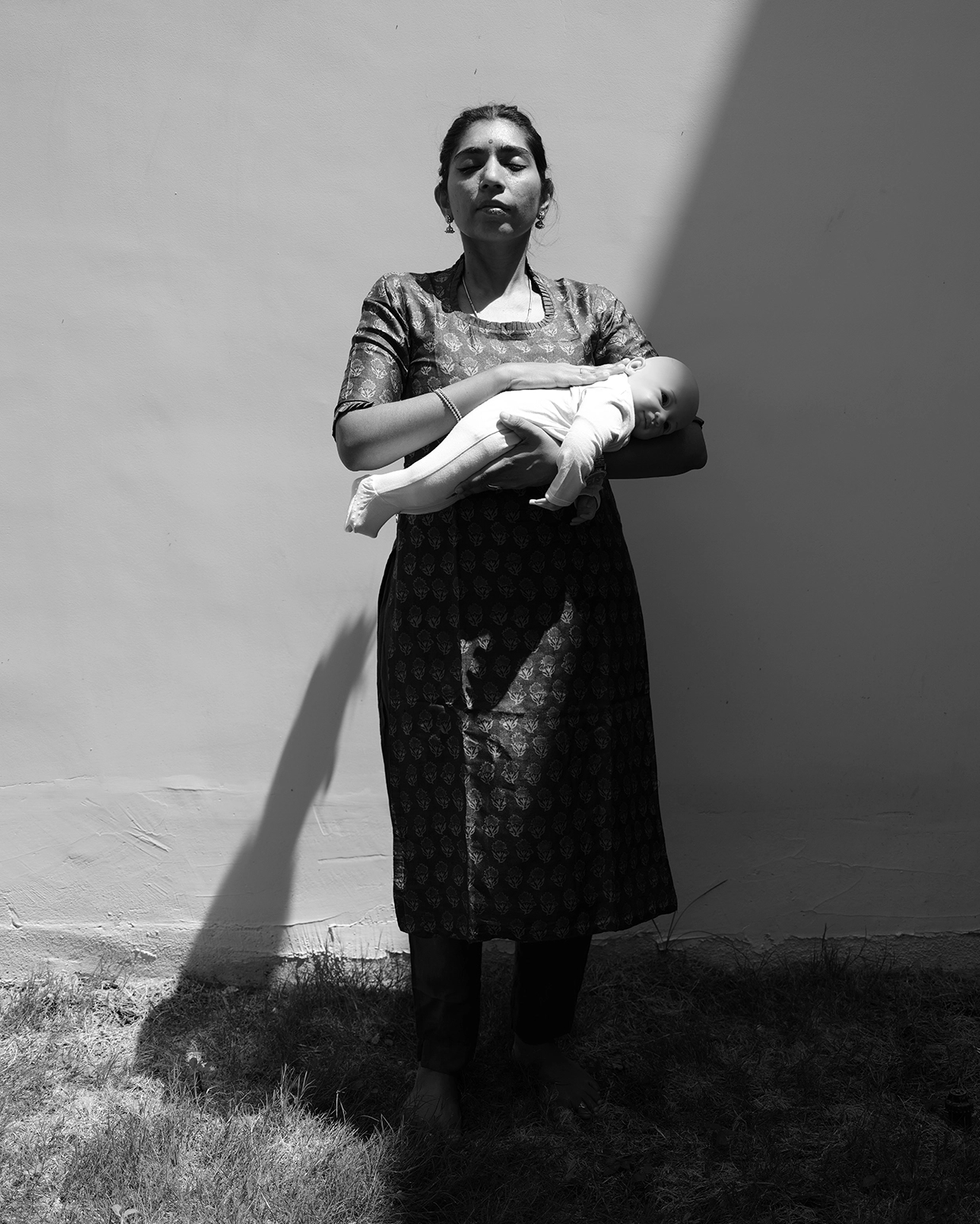
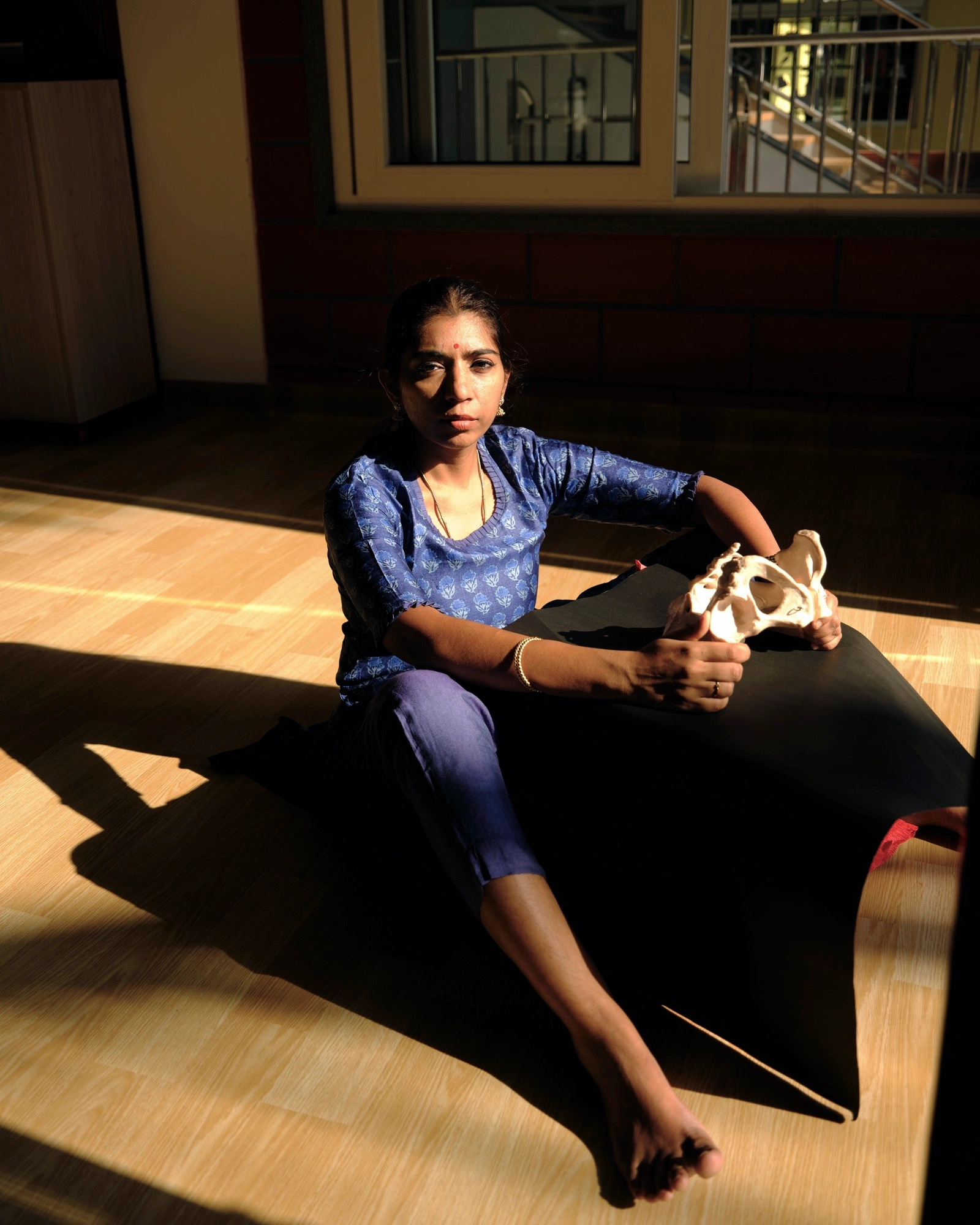
How did you start working in this field?
My pregnancy made me think about childbirth education because despite being well-educated, working abroad earlier and all of that, I felt that when it comes to pregnancy and parenting, I was at the mercy of the people around me. Between elder members of my family, internet searches and inattentive busy doctors, I was anxious and confused from having to sift through differing opinions and I was not able to make any empowered decisions for myself and my baby. It was tiring to have to seek advice about every micro-decision. I felt so lost.
I got into the field because I believe that women who choose to give birth need to be educated about pregnancy and childbirth so that they can make informed decisions rather than just relying on the judgement of others. I knew that just educating women was not enough, and that I also had to educate their families. So I had to get the husbands to the classes, then the grandmothers too. A couple isn’t the usual family unit in a place like Tiruppur. Most couples live in joint families here. They are also very young; some get pregnant within the first few years of marriage, even before they might be fully independent. It is very important to me that the families also get educated, and everyone is on the same page.
How did you set up your practice?
I had to first educate myself. I got certified in childbirth education, pregnancy fitness and nutrition and lactation education in 2012. I am also a certified Infant and Young Child Feeding counsellor, and trained as a birth doula in Singapore. In terms of setting up my business, I started taking pregnancy classes in Tiruppur in 2013, and then at a big Coimbatore hospital that approached me via word of mouth. Selling the idea of pregnancy classes was very hard because many didn’t think they needed classes when they could learn from elders at home. Now that I am on social media, I don’t need to market myself as much since clients, especially young couples –– for whom the internet is a primary source of information –– discover my work and approach me organically. I started off with a small batch of four women. The support from my family kept me going –– initially, it was not very lucrative and clients took time to trust my expertise.
In those days, I was not adept at marketing –– I would place a newspaper ad or create a pamphlet. Back then, there was not much understanding of how digital marketing could help cultivate a community. I eventually ventured into the digital space through Facebook and I mainly used my profile page to document whatever I was doing. It was more like a digital diary for me. But the content really resonated with users and they started following me. Then, six years ago, I joined Instagram, and that’s where I finally found a large younger audience who was eagerly looking for classes like the ones I was hosting.


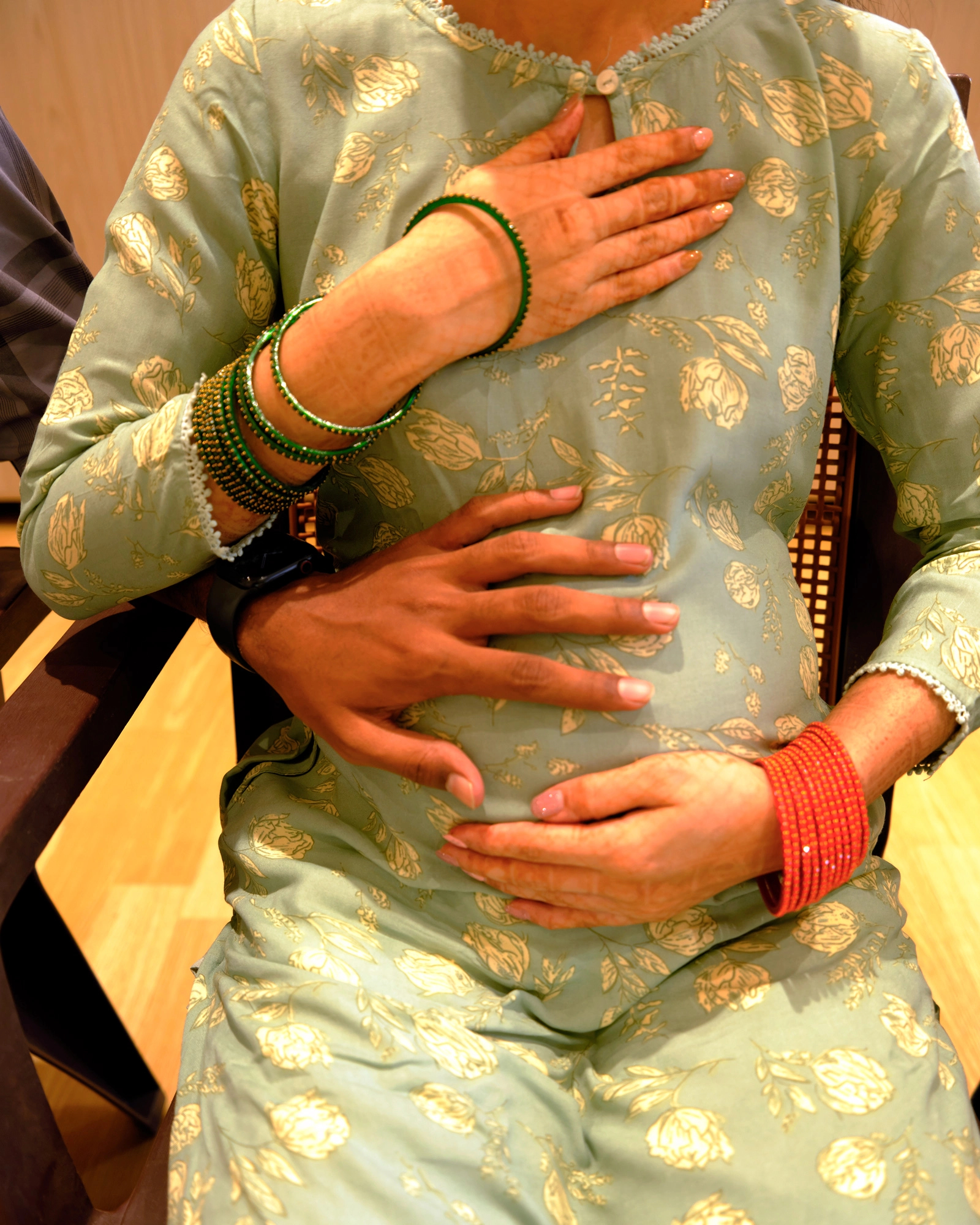
Tell us about the community you have cultivated through this work.
They connect with the environment I create. Most of my clients at Vriksham call me akka or older sister. They don’t call me “ma’am”. I don’t use PowerPoint in my classes at all and I make it a point to avoid creating a very serious or formal environment at class. I want them to feel like they are talking to their elder sister. It helps them feel comfortable and then they don’t hesitate to ask questions or share experiences. It is very important they do that so that I can help them. I also don’t host any pre-recorded classes. I only do live webinars so that my online clientele –– usually consisting of those couples who are looking to conceive or are pregnant and who often live in nuclear families, away from their family support system whether in India or abroad –– can connect with me which is harder in a virtual class.
This is a very vulnerable phase in a woman’s life so whatever little you may do for them, if you are able to help them, they remember you forever. Women who join my pre-pregnancy classes and then become pregnant always express their gratitude and look at me as an extension of their family. Many reach out to me as their first point of contact if something goes amiss. Sometimes, they ping me for a word of encouragement. And a lot of times, couples share their pregnancy news with me before they share it with their families. It is in those moments that I feel the strength of the connection that I have with my community.
How does the mode of learning — online versus offline — influence the way you approach your work and connect with your audience?
Offline, I obviously have the advantage of connecting via an immediate physical presence. And I personally prefer offline classes because the interaction isn’t limited by a chat window. We also organise some social events like potlucks and dances for our offline clients. Online classes are for those who cannot attend the classes in person. I am limited by my location but social media increases my reach. As much as I would love for everyone to come to Tiruppur, it is not realistic to expect that. So I’m very grateful that social media allows me to host classes for people across the globe. In fact, during COVID-19, many were stuck in different countries where they didn’t have family support and the classes really empowered them. Real progress is made when the husbands come into class. Even grandmothers come and hold my hands, and thank me for what they learn in the classes. That keeps me going. When you’re teaching adults, it’s a very different ball game. To get them to sit through a three-hour class is like making them watch a movie but with just one narrator so you have to make the class very interesting and keep them engrossed. My offline classes gave me the confidence to take online sessions and build a social media presence.
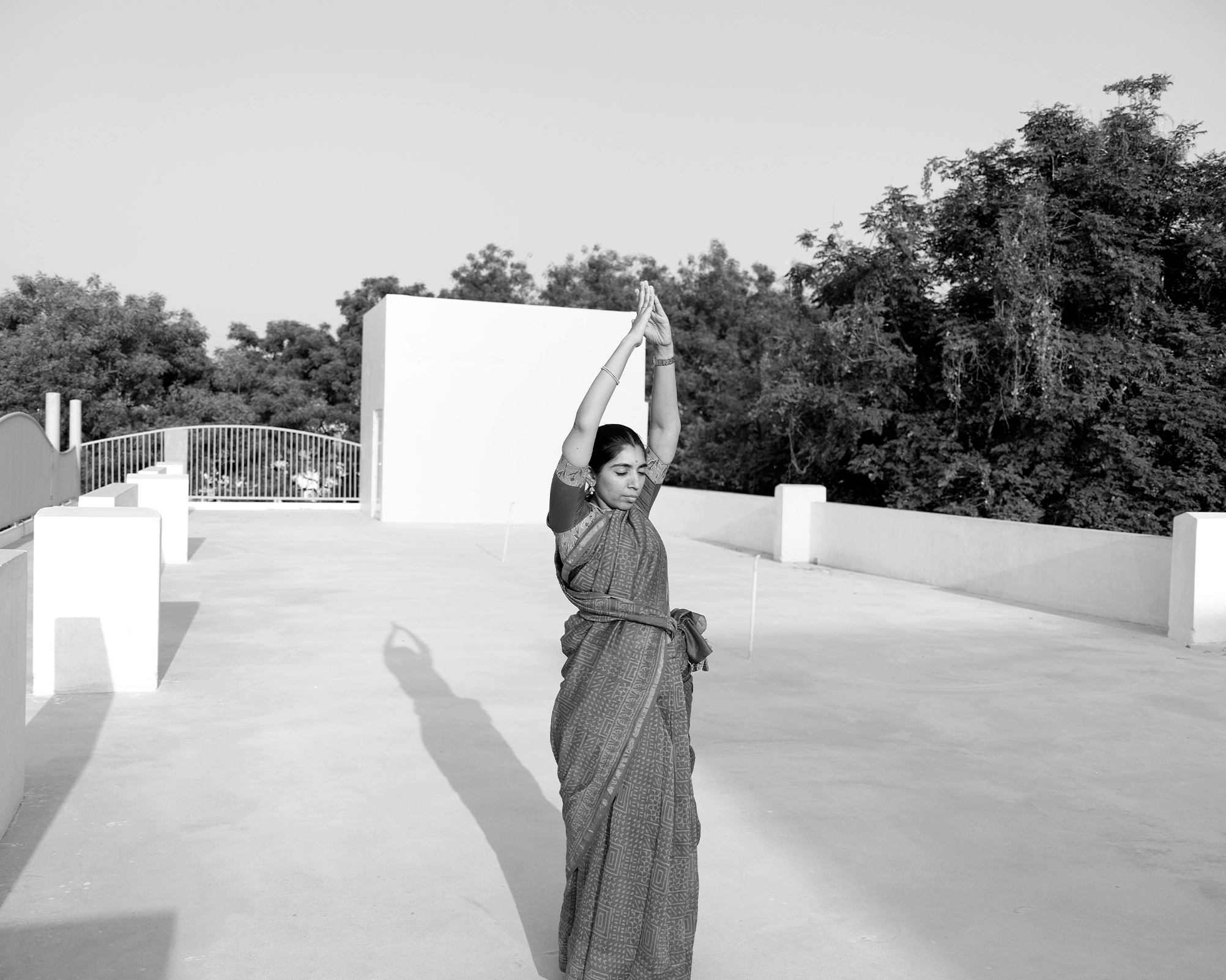
Tell us about designing the physical space for your offline classes.
I always wanted a space that is brightly lit and close to nature. The classrooms have big French windows which open out to a view of trees. I also love to take outdoor classes on the lawn, and I often take my students outside to get some sunlight and fresh air while they do their breathing exercises. I have a room which stimulates their tactile senses and another where students can be themselves and chit-chat without my interference. It’s important for them to bond with others going through a similar experience. My husband, an architect, really helped me to create the ambience I had imagined. He had also seen me teach about a hundred batches in our house. So when we were creating this new space, we knew what would make it more comfortable for everyone. My students love the space and I feel very happy about it because it sets a standard. When I post videos on Instagram about the offline classes or show videos of the space at medical conferences, I receive a lot of appreciation for the attention to detail.
You often share your personal struggles with motherhood on your Instagram. How do you find a balance between your public and private life?
My approach towards doing any of this is that my experience should make someone’s life a little better. I don’t mind sharing it because it helps people to connect with me once they find out that I’ve gone through something similar. Students appreciate that I share real-life examples –– I have a 15-year-old and a four-and-a-half-year-old. I have learnt and unlearnt quite a lot during my journey as a mother of two, and I always post about my failures. I am comfortable with displaying that vulnerability because I have overcome it. Unfortunately, social media sometimes shows only the best parts of people’s lives and it makes many feel like they’re not good enough. People need to know that even their teachers may have gone through lows in life and made mistakes in the past. And even in my offline classes, I’m very particular about pointing them out. It’s not only about sharing techniques, it’s also about emotions, failures, getting back from those failures and moving on. Pregnancy, or even parenting, requires us to balance all of these things and a book alone cannot teach you that. It always comes down to connecting with the audience better because adult learners have to connect with what you are doing and saying.
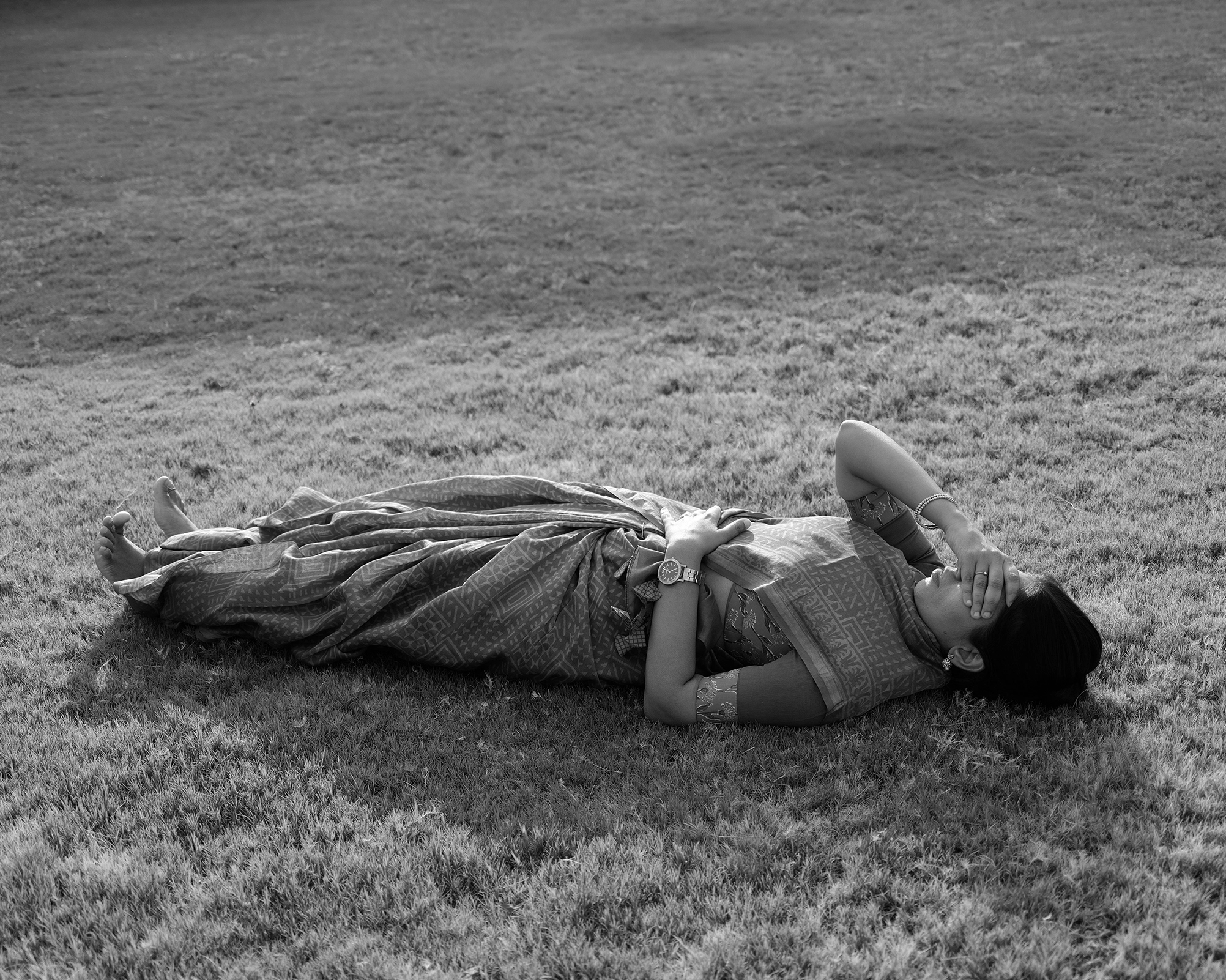
You also share snippets of your daily life as a parent.
Not everyone realises that these moments have significance. Sometimes, I’m sitting in the bathroom and my son is banging the door mercilessly, which isn’t a joyous part of motherhood, it’s a very strenuous one, but these things do happen. There are nights when I’m awake and sick in bed, and then when I post about it at 2 or 3 a.m., followers reach out to me in support. Sharing these moments makes me a more responsible influencer. I don’t shy away from sharing my struggles in life just because I’ve been a pregnancy educator for 12 years and a mother for 15. I don’t aim for perfection.
Does your vulnerability come at a cost?
Given where I live, being online was hard initially. Now, everyone is on social media, but six or seven years ago in my town, it was only acceptable for female actors to be on social media. When a woman from a small town is public about her life, people judge her for “craving attention”, having “nothing to do” or “showing off”. I have dealt with a lot of negative comments and criticism, and it took a toll on me especially when my younger son was very young and I was battling post-partum depression and social-media backlash together. Luckily, I have a supportive husband who helped me through that. After a while, you become more mature and learn how to handle it like any other job. It doesn’t happen overnight but when you know what you’re doing and why you’re on the platform, you just go about your own way.
How do you continue to educate yourself on the various topics you cover, and navigate social media at the same time?
Every year, I do a few courses to keep myself upgraded. Learning how to navigate social media is mostly an issue of time management for me. I am balancing motherhood and work so I only have enough time to create content, not consume content. Social media is a serious business because most clients find out about my classes after looking at my page. I edit my Reels in the bathroom half of the time because often that’s the only place I am able to put my thoughts together and post mindfully. I remember when I got pregnant the second time someone got in touch with me and recommended that I plan my content ahead but the proposition was too much for me, to be very honest. I do not have a social media management team. It doesn’t work for me because the kind of content I create cannot be done by someone else. I don’t use very fancy tools –– most of my videos are taken on my phone and edited on InShot. Everyone –– from my husband and son, to my driver and assistant –– has recorded Reels for me. Sometimes, my videos have spelling mistakes but sending thoughts to a content manager and then correcting the copy is in itself too much work for me. Content creation is a task, and then I have my work and my family. Right now, this is what I have time for and I have made my peace with it. I have never been the most proficient in English or been the best at spelling anyway.
People have this expectation that content creators must be stylish and produce perfect videos or visuals. I’m a mother and pregnancy educator at the end of the day, not a professional video creator or something like that. In fact, I’d rather project that I am imperfect because it helps my work. My only concern is that my content is authentic and valuable. What’s important is that my message reaches my audience. I don’t need every video to go viral, and despite that attitude, I’m reaching thousands of people.
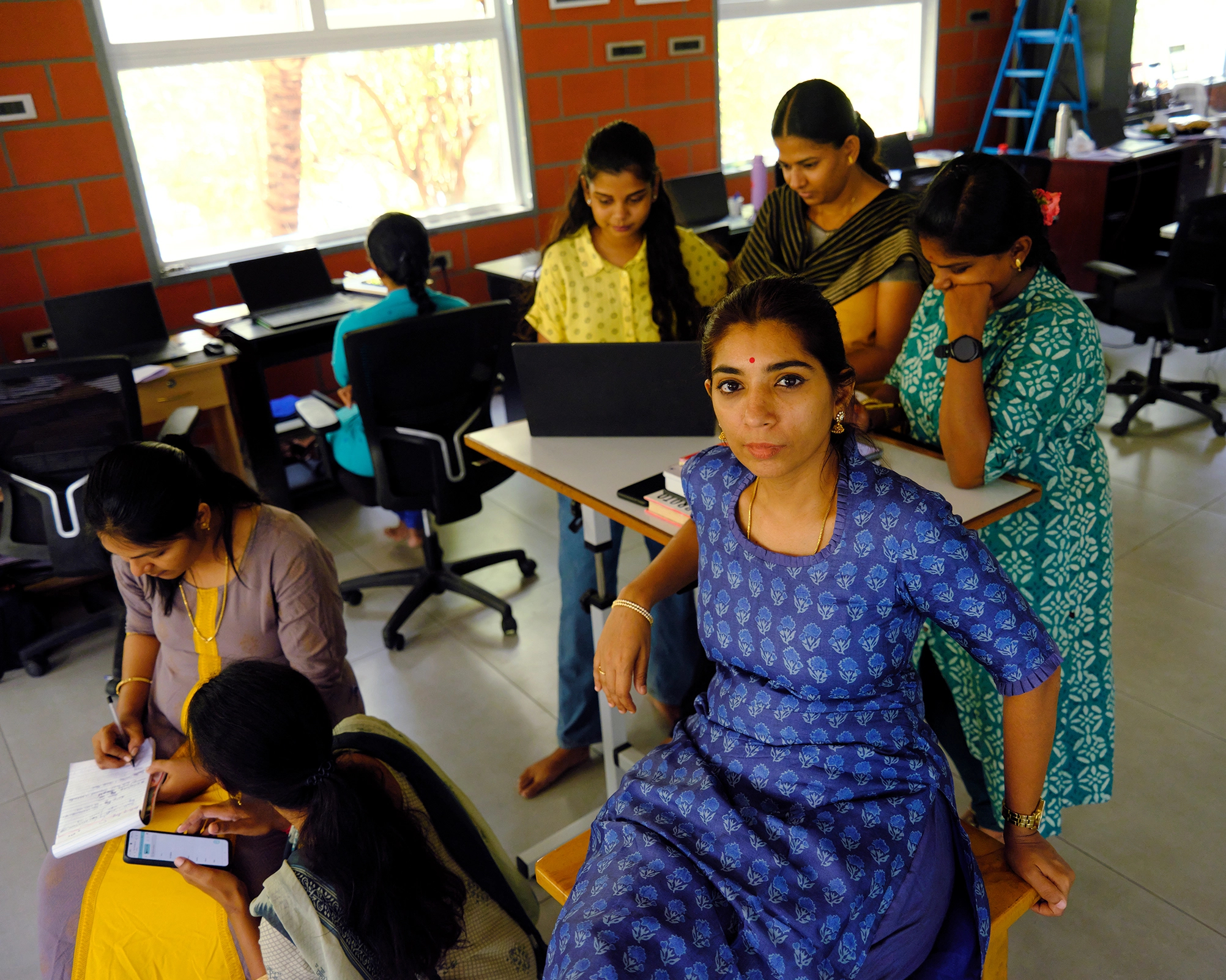
Is it daunting to have so many people look to you for advice? What are the additional responsibilities that being a content creator in these particular areas brings? What are some of the challenges you face?
I draw a hard line at paid collaborations. Anything I promote is for free and because I want to help. Initially, what used to happen was that I did not know how to say no. People would keep asking to send me products. Every morning, I had more than 25 parcels to open and I was expected to post photos of all. I had 10 different skincare brands sending me free products to use on my son, as if he were a guinea pig. Now, I’ve stopped accepting gifts completely, and I’m very thankful for that decision, because it was overwhelming.
In terms of the questions I get asked, we have set up proper channels for my clients and me, and my team makes sure we answer them. For the general public, I don’t answer most questions. I may respond randomly, once in a while. I’m very clear on the fact that I don’t answer any medical queries because that’s beyond my scope of practice. As an educator, I cannot prescribe medication. People send me their reports, and ask me to analyse them but I say no.
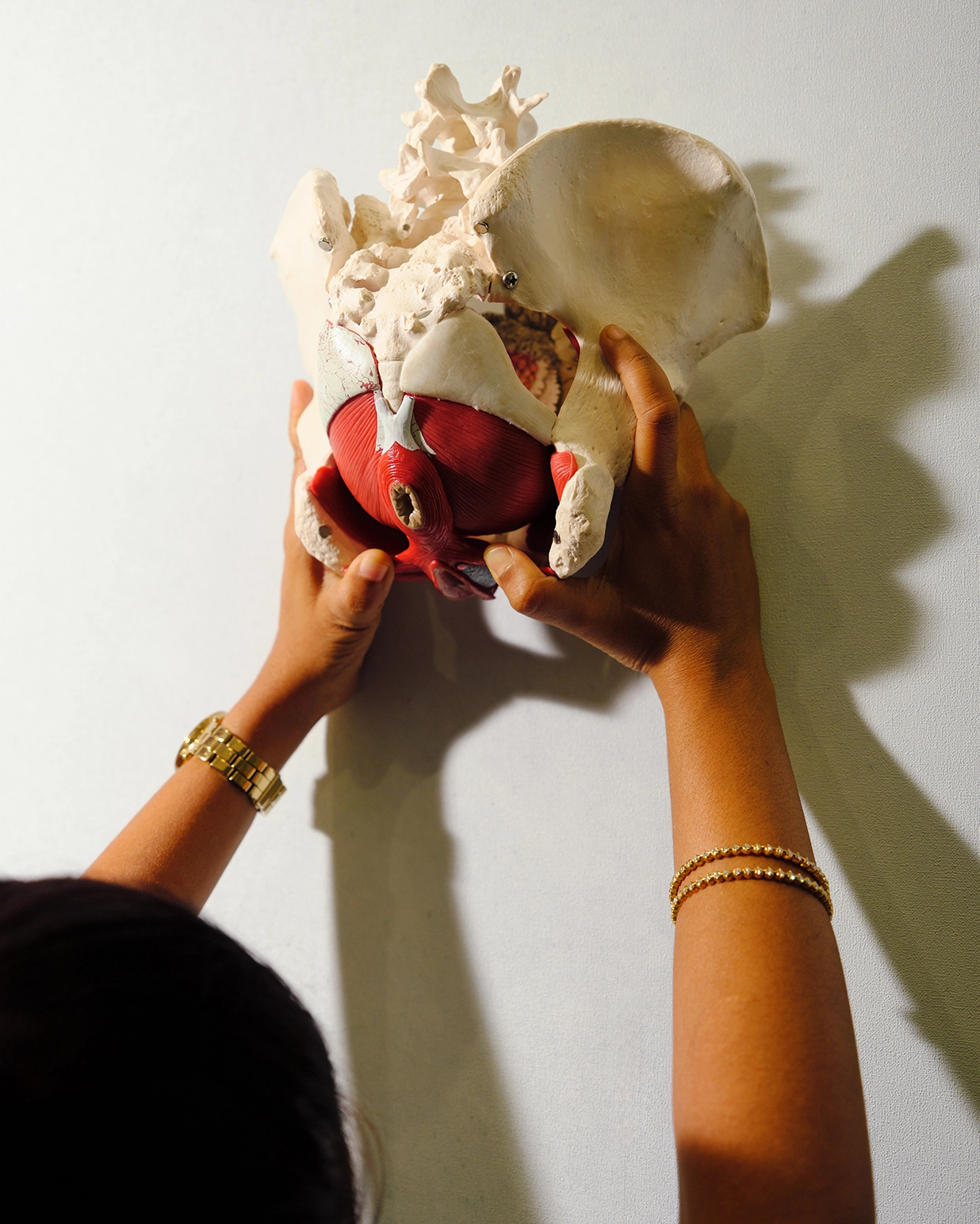
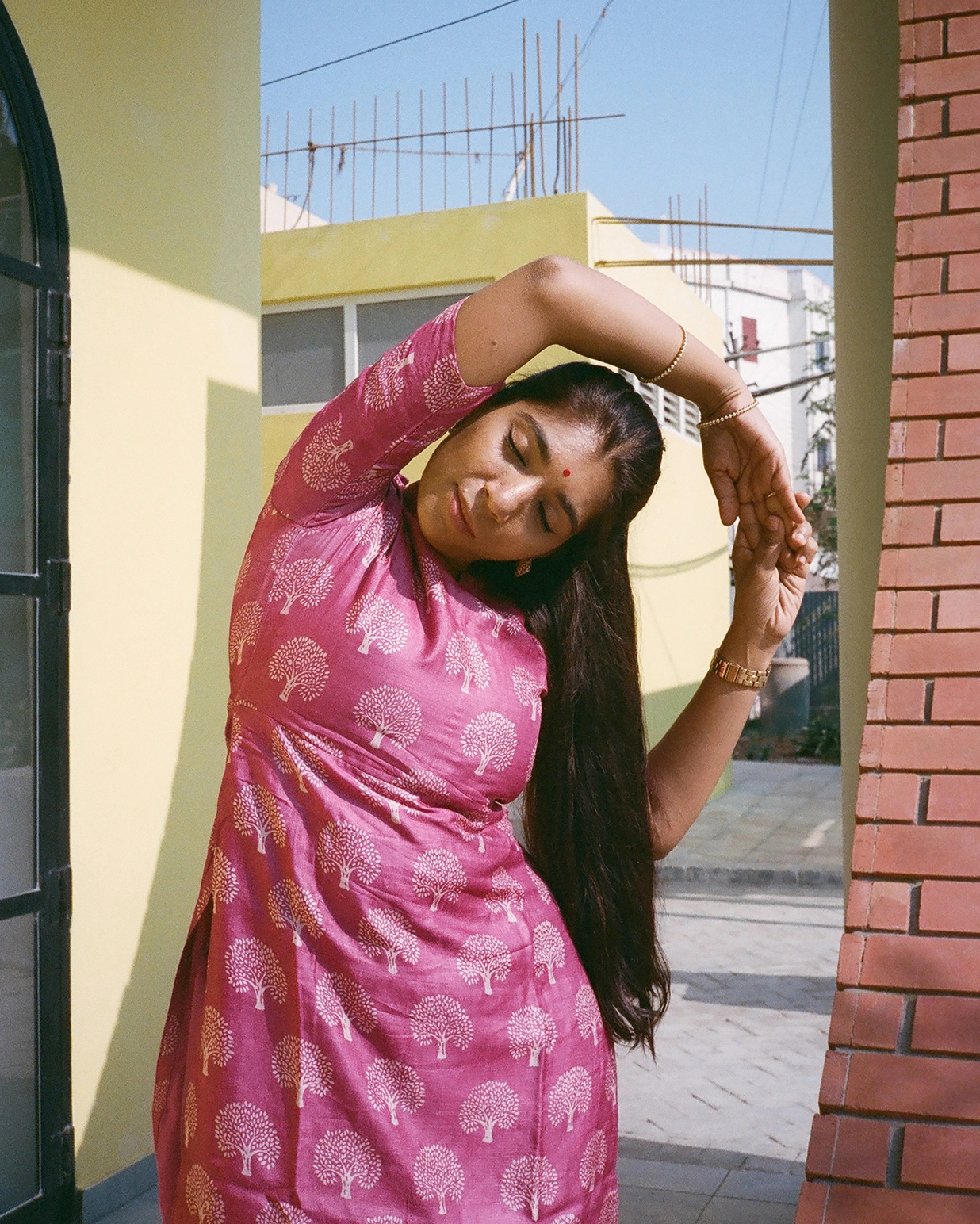

What are some of the changes you have observed in Indian society over the last decade when it comes to concerns around pregnancy and parenthood? What are the more unconventional or alternative practices that are being employed today?
Earlier, people were very scared about pregnancy and they used to think of themselves as patients instead of celebrating it. Over the years, women have gotten more empowered. They have started embracing their bodies and feeling more confident to continue pursuing their work and interests unlike earlier times when pregnancy meant having to stop all of that. Women used to quit their jobs earlier but now you see many working almost till the day they go into labour. Another big evolution I have witnessed has been in the role of men in a pregnancy. You would hardly see men in the labour ward before but now you see them in classes, and they’re more receptive to learning. The younger generation of men is ready to learn how to change a diaper, give the baby a bath. They want to be very much involved as a parent, compared to earlier times when men used to feel very awkward. I don’t know the specific reason but now they are more open. I have worked with only two single mothers in the last 12 years of my practice. Given that my centre is in Tiruppur, only married women feel comfortable with being pregnant and out in public.
My own pregnancies are an example of how things have changed. My second pregnancy was when I was putting my own teachings into practice and it made a huge difference. I planned the second pregnancy quite late –– at 37 and I had the birth at 38. I’m now 42 years old and I’m breastfeeding my little one. I had 54 hours of labour; my husband was by my side throughout and it was phenomenal. I’ve used the breathing techniques I teach for 54 hours during my own labour.
At the links below read more from the Creating Spaces series:
Radha Lath Gupta, She Talks Ball, Founder
Shruti Taneja, Nivaala, Founder
Anchal Notani, Two Extra Lives, Founder
Shweta Pai, Muuyee, Founder
Payal Shah, Kobo Fermentary, Founder
